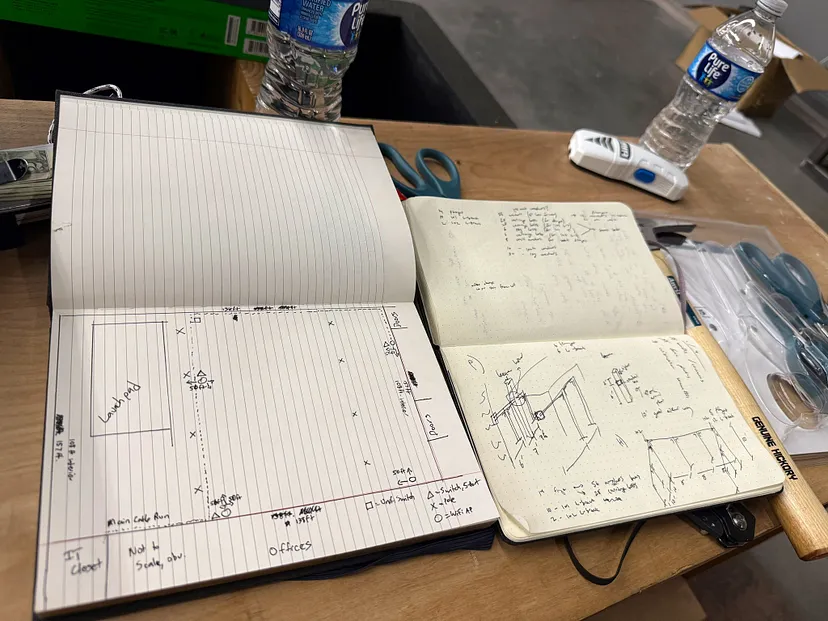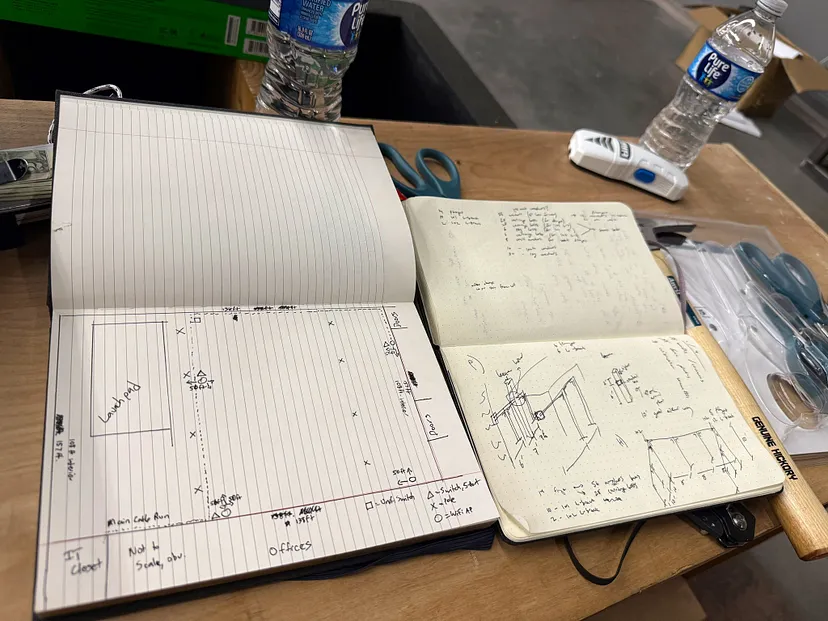
Home Blog Blog Article There Are No Golden Rules


Brady’s sentiment echoes that innate tension — we want simple answers as to how we can be the best, but improvement is much more complex than that.
In this context, we can take “truism” to mean “a blanket truth” — an oversimplified statement that seeks universality and aims to solve a problem without accounting for its inherent complexity. While truisms may feel insightful, and while they may appear to be universally applicable, they fail to produce meaningful outcomes. Instead, they offer false confidence and security by reducing the nuance of our most important challenges into inappropriately simple answers.
Player development is not, and never will be, solved via a single variable — it is a matter of systematic and sequential problem-solving. That framework isn’t just true in baseball; it applies to any competitive venture. Yet, so many people continue to ask the wrong questions. Take an all-too-common inquiry, for example: “What’s the missing piece?” On the surface, this sounds like a productive question, but it ultimately reduces the problem to its simplest form, assuming a single, isolated solution. This approach, and question, ignore the complexity of real-world problems.
The better version of that question would be: “What are the missing pieces, and what foundational steps do I need to take to actually address them?” This version acknowledges that gaps rarely exist in isolation and that solving for one variable often requires the building and reinforcing of supporting structures. It reaches beyond surface-level thinking to account for dependencies and context — both of which are key elements in the solving of multivariate problems.
If a problem seems solvable in a single step, it’s a sign you likely don’t understand it well enough to solve that problem. The truly impactful problems — the ones that change industries, careers, and lives — don’t yield to the quick fixes, and they don’t adhere to any supposed truisms. Much the same, by the time a problem is simple enough to be solved in a single step, that problem is inherently not very interesting. The foundational questions have already been answered, and there isn’t much value to be added anymore. The heavy lifting has already been done by someone who has had a much earlier, much more impactful realization than any of us would have to offer.
In contrast, the most interesting and impactful problems are unsolved for a reason. These problems are inherently multivariate and require careful deliberation. Addressing these problems isn’t just a matter of finding the correct answer; it’s a matter of identifying the true signal among the noise and systematically accounting for the complex inter-variable relationships that underlie these problems. This is where truisms fail so miserably — because they attempt to offer blanket solutions to problems that demand individualized approaches.
Consider a more specific example within the context of player development at Driveline: teaching someone to throw an effective sweeper or working to refine their command are both problems that have been sufficiently solved countless times before and will be solved countless times again on an individual basis — they aren’t inherently groundbreaking problems. But even these are complex in and of themselves and thus require specific, non-universal solutions. They require multi-step processes that account for context, key dependencies, and the unique needs of each individual athlete.





